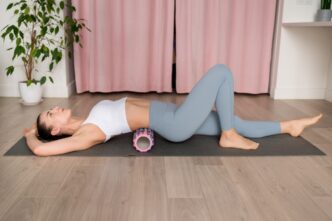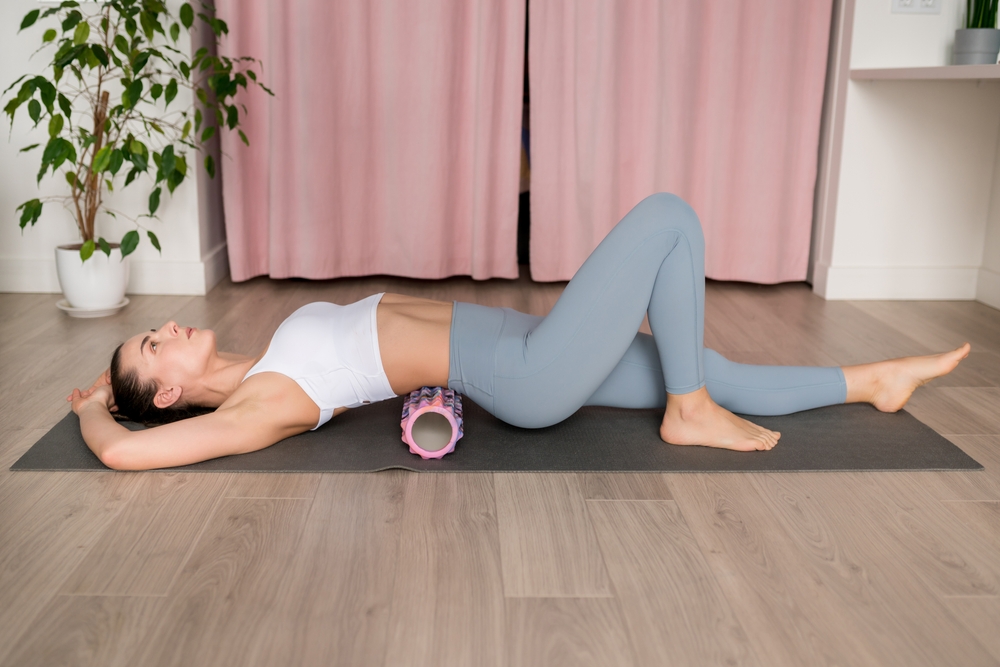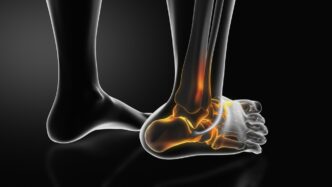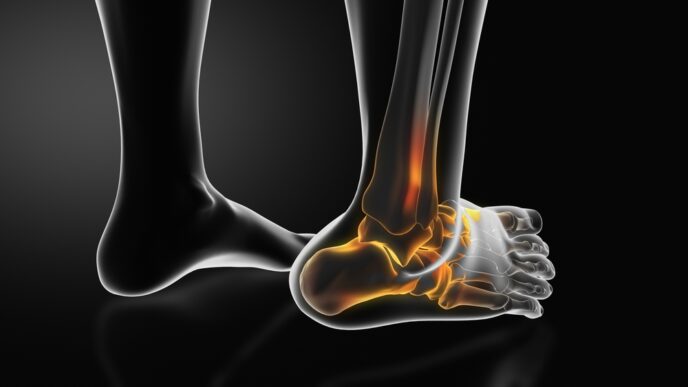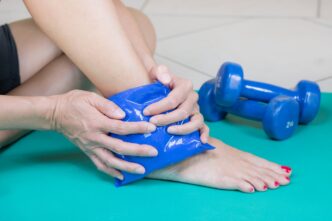What can RM30 to RM50 buy you these days? A lunchtime value meal at a fancy restaurant or a movie with popcorn and drinks, probably? You can also take my advice and use that money to get a lifetime of relief from annoying tightness from muscle imbalances, poor posture, over training, and other issues that plague many people today — especially desk bound employees.
WORDS WAI HOONG
 FEATURED EXPERT FEATURED EXPERTWAI HOONG Personal Trainer linktr.ee/waihoong |
| People with circulatory problems and chronic pain should not use foam rollers. If you have any other existing health conditions, it’s best to consult your doctor first whether foam roller exercises are suitable for you. |
A PRIMER ON FOAM ROLLERS
Foam rollers come in different degrees of hardness, or density.
If you’re new to foam roller exercise, it’s better to pick a softer one to reduce the chances of bruising and discomfort.
You can squeeze the foam roller to test its softness before you buy it.
You can move on to denser or harder ones once you are more comfortable using the foam roller. Denser foam rollers are more durable and better for long-term use.
Smooth or Textured?
Smooth foam rollers — those without knobs and ridges — are better choices for newcomers to foam roller exercises.
They can move on to textured ones once they have the hang of things.
WHY FOAM ROLLING?
- Helps to improve blood circulation.
- Reduce muscle tightness and soreness.
- Improve your range of motion.
- Helps with better posture.
- It’s a relaxing activity that can be done anytime and almost anywhere.
- You don’t have to pay for a full body massage anymore!
HOW TO GET STARTED
Foam rolling techniques are actually very simple to learn.
Step 1
- Use your body weight to sandwich the roller between the floor and the area of your body that you wish to perform the technique upon.
- It is recommended that you start at your lower torso and work up to your upper torso.
Step 2
- Roll at a slow pace.
- Maintain a tempo in which you inhale 4 seconds and then exhale for 4 seconds exhale before making each roll.
Step 3
- Stop and bear down on the most tender or sensitive spots (we call these the ‘hot spots’).
- Hold for 30 to 90 seconds.
Step 4
- Once the tightness in the hot spot diminishes, resume rolling until you reach the next hot spot.
5 THINGS TO KEEP IN MIND
- Maintain a good posture throughout.
- Use a denser foam roller or add pressure with extremities as a progression.
- Stay relaxed and maintain core contraction while foam rolling.
- Do foam roll exercises consistently. Sometimes, soft tissue restrictions and knots can only be broken down over multiple sessions.
- Form roll exercises can be done before, during, and after your regular workouts. Doing these exercises before bedtime can relax you and help you fall asleep faster, while doing it after bedtime can improve blood circulation and get you energized.
| This article is part of our series on tips and advice for leading a healthy lifestyle. |

